In seeking novel ways to represent her identity, the woman artist must rip away the blinders of patriarchy - Sajitha R Shankhar, Internationally Acclaimed Contemporary Artist

Sajitha R Shankhar is an internationally acclaimed contemporary artist from India. Her works are featured in various public and private collections, including the National Gallery of Modern Art, Bangalore, the National Gallery of Modern Art, the Indira Gandhi National Centre for the Arts, Lalit Kala Akademi in New Delhi, and the Middlesbrough Institute of Modern Art. She has held more than 30 solo and 50 group art shows of her works across India and Europe.
In her work, Sajitha explores the myths and mysteries of the female body while resisting the oppression of patriarchal definitions and power as can be seen in her two important series 'Alterbodies' and 'Archetypes'. She prefers charcoal and acrylic on paper as her medium. Her most recent installation is titled ‘Tantric Yoni’, a painting made from turmeric, vermilion powder, rice powder, and burnt husk of paddy. The painting was created for the 2013 One Billion Rising campaign in Kochi.
From the year 2002 to 2011, Sajitha served as a member of the Lalit Kala Akademi in Kerala and as a governing body member of Vyloppilli Samnkruti Bhavan in Trivandrum during 2006 - 2011. In 2007, she founded the ‘Gowry Art Institute’ on the banks of the Vamanapuram river in Kallar, with an aim to promote the works of female artists and various cultural activities.
She was one of the 14 leading women artists honoured by the National Legal Service Authority in 2008. Her honours include the Charles Wallace Fellowship, Senior Fellowship from the Department of Culture, Government of India (2009-2011), a French Scholarship for an Artists Residency in Paris (2006-2007), Senior Award at the special exhibition to celebrate the Golden Jubilee of Indian Independence held in Tamil Nadu (1997), Grand Prize at the Cleveland International Drawing Biennale, U K (1995), besides Kerala Lalit Kala Academy award and Lions Club Award. Sajitha won the Pollock-Krasner Foundation Grant in 2017.
She has also illustrated many works of poetry including one of Kamala Das. Her biography is being written by the world-renowned American art historian Gail Levin.
Apeksha Sandesh had a privilege to have a conversation with the internationally acclaimed contemporary artist Sajitha R. Shankhar and here are some of the excerpts from the same.
What motivates you to create?
I was born in Kerala, a state that can rightly boast of a rich art heritage that mirrors its complex social-political transformations. The deep red mud roads and the lush green paddy fields of my village were a visual symphony for my impressionable young mind. My individual artistic expression was born out of a deep concern for the status of women in society. My early works spoke strongly of women who had given away too much of themselves attempting to recover their losses. Over the period, as it became obvious to me that men were also victims of the prevailing status quo, my art attempted to tap into the deeper archetypes of the human psyche.
Exploration of femininity in all of its forms and its cultural interpretations continues to fuel my drive to paint.
Your work explores the myths and mysteries of the female body while resisting the oppression of patriarchal definitions and power. Please share more about this.
My latest series, ‘Alterbodies’ represents the metamorphosis of my artistic self, sieving through a series of experiential art that is all at once - personal, delicate, and fragile. I concentrate on the alternative possibility of the body to transcend its animal corporality and consider the body as a source of energy and creativity. In most of my paintings, the delicate self comes into play with intuition and brings out the vibrancy of the inexplicable vistas of self-expression. I recognize that the raw energy within myself is also the natural force that defies verbal expression. I have often felt the presence of this protective armor in my perspectives.
Femininity in my works is an exercise that intertwines the body and spirit to a creative experience. The realization of femininity necessitates the recognition of an inner eye directed at the inner world. Rather than withdrawal into the self, it is about looking into the self from the outside.
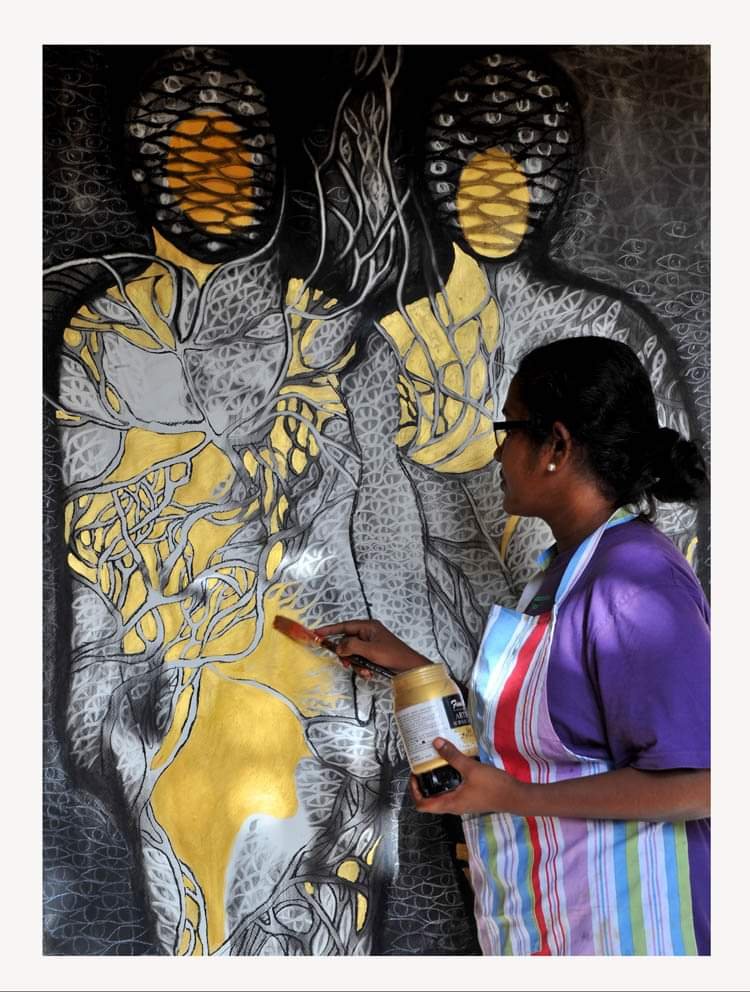
You hail from Kerala. How does this fact affect your work?
Throughout history, the artists of Kerala have responded to their political, social, and cultural environment with work that has reflected an ideological realism. My individual artistic identity slowly emerged in the form of a deep concern for the status of women in my lived reality.
While the bucolic landscape of Kerala - its backwaters, deep red mud, and lush green paddy fields, inspired my early paintings, I truly came of age as an artist in the vibrant art and literature scene of 80’s Thiruvananthapuram, Kerala. During the 80’s, a period in which art resonated with literature in an atmosphere of seamless cross pollination across college campuses, I was fortunate to have had healthy conversations and creative exchanges with Kerala’s eminent poets, film makers and writers. Thus, it was in Kerala, that the foundations for my future growth as an artist were laid. Soon after my studies, I moved to Cholamandal Artists Village, Chennai with my husband.
How can your work affect societal issues?
The personal is the political. In seeking novel ways to represent her identity, the woman artist must rip away the blinders of patriarchy. My series of work, including ‘Mother Archetypes’, ‘Woman Archetypes’ and ‘Alterbodies’ are the political statements of my exploration of femininity. I hope my body of work will inspire women to think and live for themselves.
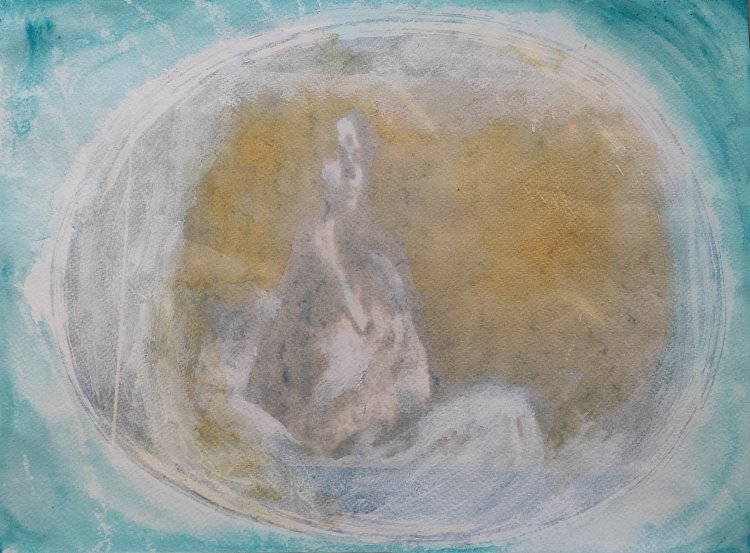
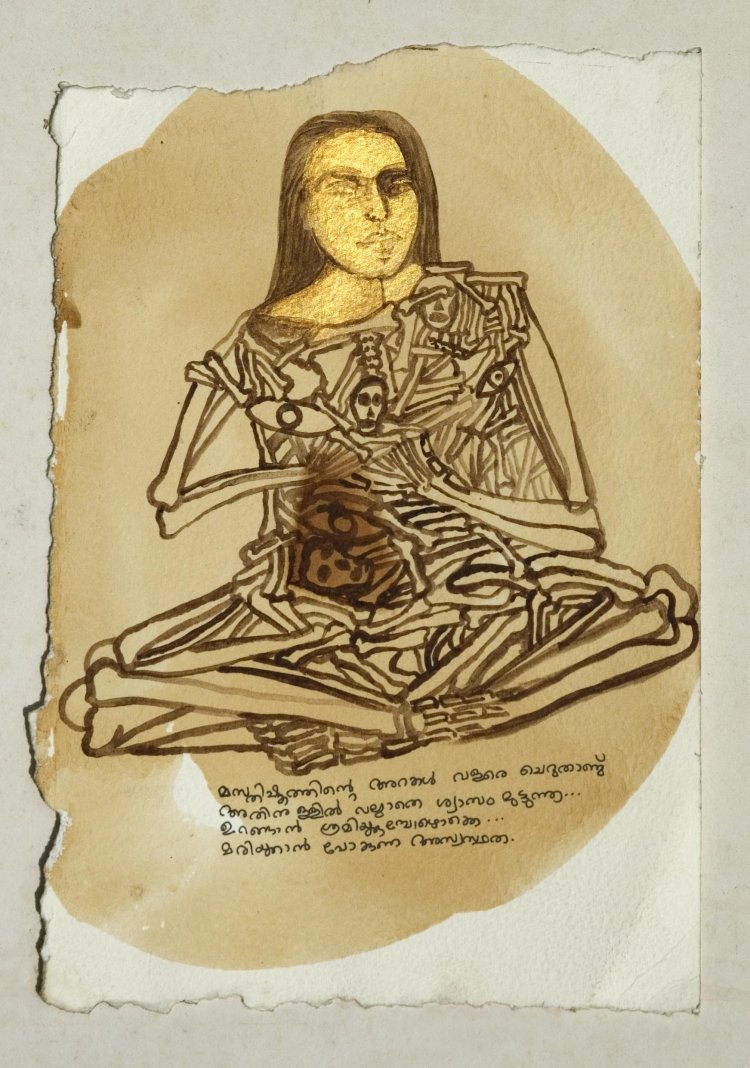
How do you define success as an artist?
Awards and prizes serve to recognize the work of an artist and provide a measure of encouragement. However, according to me, the success as an artist must be measured in terms of the evolution of his/her creative internal process. To be successful, an artist must learn not allow these recognitions to detract from that all-important internal process.
Does art help you in other areas of your life?
Yes, very much! The creative process, refines my sensibilities, deepens my empathy, and calms my mind. Art brings me into harmony with my environment, molding me into a better human being.
Which art trends inspire your current work?
The Postmodern approach to Contemporary Art.
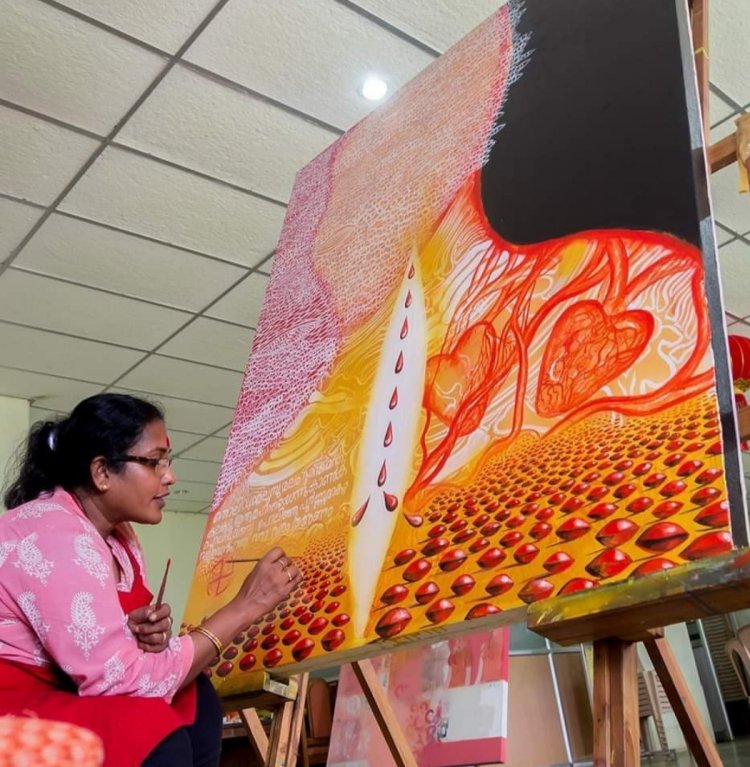
What is that specific environment or material that is integral to your work? Why?
I have worked in studios in Germany, France, Austria, United Kingdom, Japan, and South India. However, the energy at my Studio at Kallar, Vithura, in my home state of Kerala has been most conducive to my work. The Studio is situated at the edge of the Agasthyakoodam Reserve Forest on the banks of the Vamanapuram River. I work with natural colors such as turmeric and natural materials such as moss.
How do you manage a work-life balance as an artist?
I am a full-time artist. I do not view my life as separate from my art.
Please share about your techniques for overcoming creative blocks.
One technique is to draw vigorously using charcoal on large pieces of canvas or paper. Another is to experiment with new organic materials. I have used both these techniques to overcome creative blocks in the past.
Describe the best piece of art you have created so far.
In early 2009, I stopped work on my ‘Archetype’ series and began work on my ‘Alterbodies’ series. The first work of the ‘Alterbodies’ series was a self-portrait. It was the image of a woman seated in a yogic posture; her body stripped of flesh. Below this figure are lines of poetry written in Malayalam;
The chambers of the brain are very small,
It’s stifling inside
Every attempt to fall asleep…
Foreboding death
Certain thoughts are too painful to be held in the mind. This woman had learned to live in the present through meditation. This acrylic on paperwork titled ‘Alterbody 2009’ is part of my personal collection and is therefore not available for sale.
Have you ever been through an experience that made you realize that ‘woman’ and ‘powerful’ were two compatible ideas?
By artistically exploring the limits of femininity, A woman becomes powerful and independent.
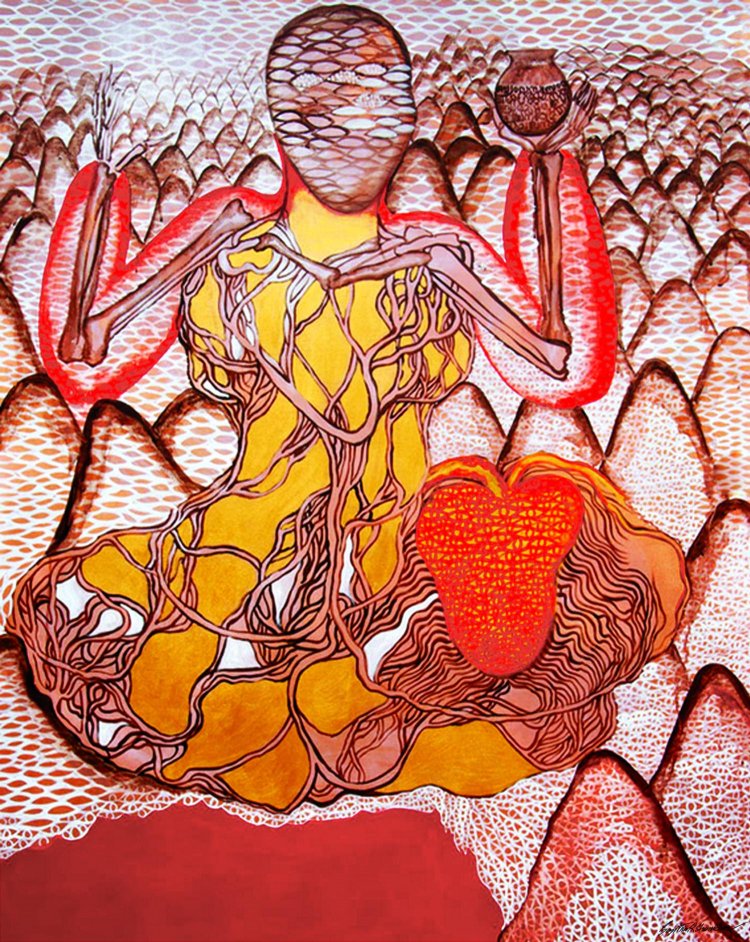
What is your opinion about the women being represented in the media, films, art, and literature?
Though there is no dearth of talented women in media, films art and literature, women representation in these important areas suffers from tokenism
Art plays a huge role in the growth of the country, considering culture, youth, etc. According to you, what kind of art India needs currently?
India needs contemporary art that accurately reflects the present.
Do you think Women’s Day should be celebrated? Why?
Yes, it should be celebrated, to mark the participation and contribution of women in all facets of life.
Apeksha Sandesh congratulates Sajitha R. Shankhar for her contribution and commitment towards the field of art. We wish her good luck for the future endeavours!















































